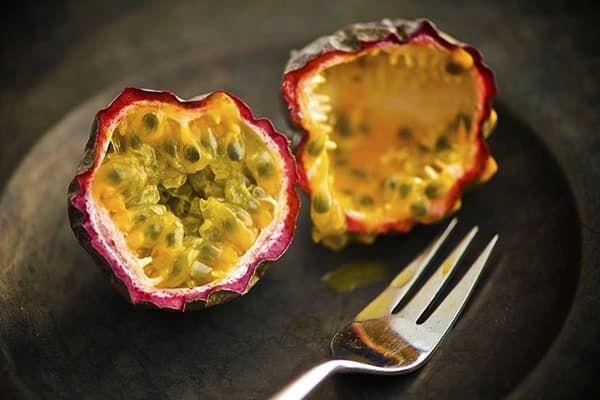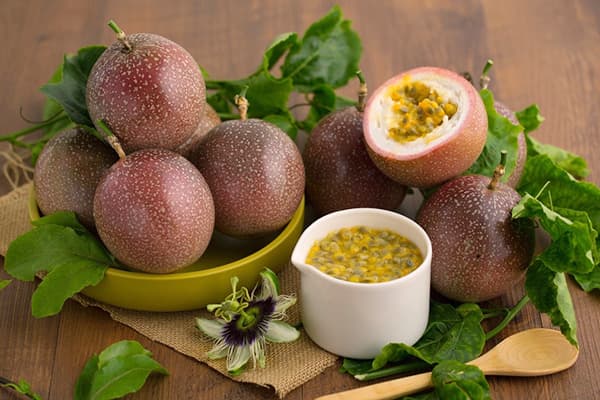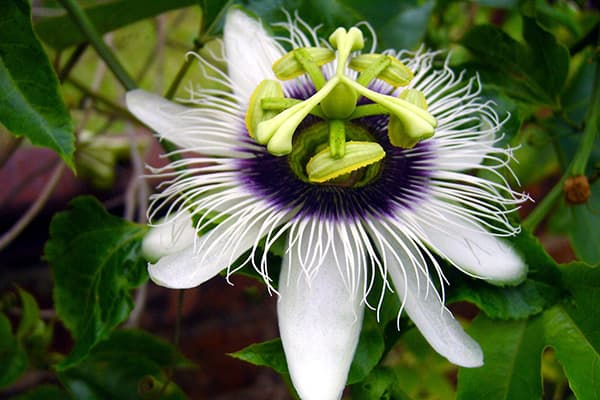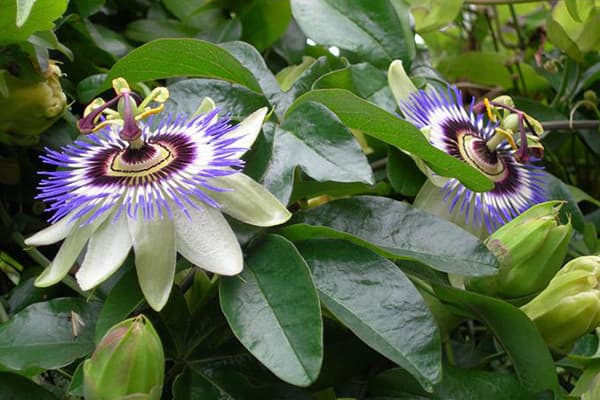Why is passion fruit called the fruit of passion? Another marketing ploy?
The word “passion fruit” is translated into English in a very unique way – passion fruit. It means "fruit of passion." What made biologists - people of science - accept this vivid metaphor as the official name of an entire group of plants? Let's figure it out.

Let's try to think logically
An intuitively understandable explanation suggests itself - they say that passion fruit is so tasty that, having tried it once, it is difficult to resist tasting it again. You will want to feel the explosive taste and aroma of juicy pulp again and again, forgetting about everything.
Or maybe passion fruit, like many other tropical fruits, is recognized as an aphrodisiac? This is where the word “passion” would be appropriate. But no - these are just popular beliefs, which, alas, have not been confirmed by scientists (but they have checked!).
The correct answer can be found by delving into etymological dictionaries, botany reference books and long-forgotten historical reports. It turns out that Christians had a hand in the name “fruit of passion”, which has taken root in several languages!
Labyrinths of etymology
Now let's talk about everything in order.
Here's what biologists will tell you:
Passion fruit is the name given to the fruits of several species of vines of the Passiflora genus. This genus has another name - Passion flower. All vines of the genus Passiflora (Passionflower) are members of the Passionflower family.
Here's what historians will tell you:
In the 16th century, plants of the genus Passiflora, which then grew exclusively in the lands of the distant New World, first came to Europe. Then they were not valued because of the fruits, which simply could not withstand such a long transportation. No, the point is different: passionflower has stunningly beautiful flowers. Bright, exotic, they captured the imagination of Europeans, accustomed to the inconspicuous plants of their latitudes. At first, valiant travelers brought them dried between the pages of books, and later, when seeds began to be delivered to the Old World, local gardeners tried to grow tropical vines in greenhouses. Things rarely progressed beyond flowering - cultivating such plants requires special skill.
It is worth noting that at that time there was no name “passionflower”. These vines were then called granadillas (translated from Spanish as “little pomegranate”).
In the 17th century, an image of a wonderful granadilla flower fell into the hands of one famous Italian Catholic, Giacomo Bosio. The clergyman, now in his seventh decade, looked at him from a different angle, seeing not beauty, but symbolism. Inspired by the search for God's providence in an overseas flower, he dedicated an entire report to this entitled “Della Trionfante e Gloriosa Croce”.
The main thesis of Giacomo Bosio’s work is this: the granadilla flower is the embodiment of the passion of Christ. The outer crown of petals symbolizes the crown of thorns, and the 72 coronal threads of the inner crown symbolize the number of thorns on it. The stigmas of the pestle are the nails with which the hands and feet of the Savior were nailed to the cross, the stamens are the five wounds that remained on His body. And even the glands that can be found on the reverse side of the sheet, Giacomo considered the embodiment of the 30 pieces of silver received by Judas for his betrayal.
What a fantasy this old man had! Probably, this story is another reason to think about the fact that every person sees in the things around him what he wants to see. Be that as it may, Brother Giacomo was a respected man, and botanists listened to his opinion, calling the genus of vines the word “passiflora” (lat. passio – suffering and flos – flower).
Here's what linguists will say to this:
In many languages, the words “passion” and “suffering” are closely intertwined. So in Russian, “the passion of Christ” is the suffering of the Savior.
In Russian specialized literature, instead of the term “passiflora” the name “passion flower” is used. This word is a tracing paper from the Latin passiflora, that is, a literal translation. As you can see, the word “passion” has crossed many linguistic boundaries and time boundaries. No joke - five centuries!
Let's go back to our time
“Children of the 21st century, your new century has begun”... Hotels from the Old World, religious fantasies of Catholics and the craving of venerable biologists for beautiful metaphors now seem like nothing more than old legends. But savvy traders still like to lure customers with catchy names. So passion fruit is often presented as the “fruit of passion.” Surely they will also promise you a “playful mood”, “enjoy dessert” and hint at a pleasant end to a romantic dinner. Well, why not give in to this line of thought? After all, in any case, passion fruit is a delicious fruit with a mind-blowing tropical aroma that everyone should try!



